Close reading is something I never even heard of last year. CLOZE reading? Nope, close reading. What on earth is that and why am I expected to teach it without having any training on it!?!? Welcome to teaching. Welcome to the result of not having adequate funding for providing professional development for educators.
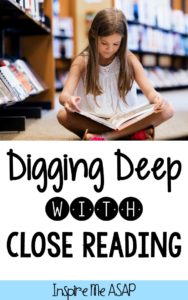
If your district is anything like my district, it is up to YOU to take your profession development about close reading in your own hands. Blogging has led me to meet (virtually and in real life!) so many wonderful teachers and is seems that we have one thing in common: lack of quality professional development. Instead of complaining and moaning about how cheap my (our!) district is, I started to teach myself about close reading by grabbing anything and everything I could get my hands on. If you teach in a district that provides stellar professional development then you will have had trainings or workshops by the leading experts, including my favorite literacy guru Dr. Shanahan. Please check out his blog HERE. If you do any teaching related reading over the summer, make it a priority to starting reading and subscribing to Dr. Shanahan’s “Shanahan on Literacy” blog. Warning: He will make you rethink everything you think you know about literacy instruction (in a good way!).
Okay, let’s get started with… 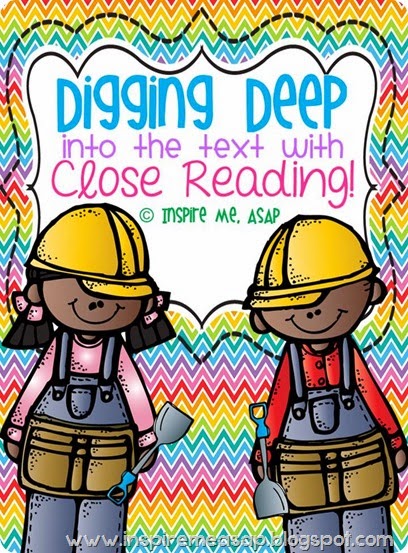
First up, close reading is ALLLLLL about…
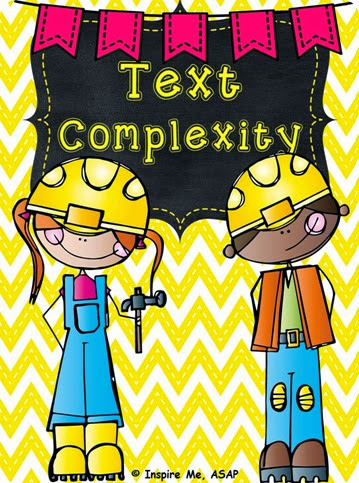
And I mean ALLLLLL about text complexity.
Close reading and text complexity go hand in hand.
You can not have one without the other. With that being said, you have to know more about text complexity and what that means exactly. You will notice that there are a plethora of resources (including on TPT) that advertise “Close Reading Passages!!!” or “Passages to Use for Close Reading!!!” After researching as much as I did about close reading, I realized that a vast majority of the resources out there are NOT truly text complex passages that are highly qualified for close reading. There are three specific measures of text complexity. The Common Core State Standards (CCSS) define a three part model for determining how easy or difficult a particular text is to read, as well as grade by grade specifications for increasing text complexity in successive years of school (Reading Standard 10.) The three step model that CCSS models include: qualitative measures, quantitative measures, and text-specific reader and task considerations. 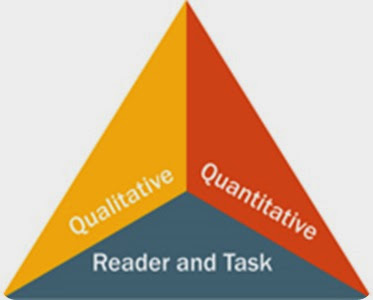 © Copyright 2010. National Governors Association Center for Best Practices and Council of Chief State School Officers. All rights reserved.
© Copyright 2010. National Governors Association Center for Best Practices and Council of Chief State School Officers. All rights reserved.
SAY WHAT?!?!
Yep, that is exactly what I thought. Which is exactly why text complexity is such an important (yet challenging!) part of CCSS and close reading. For the purposes of this blog post, I am only going to briefly talk about the quantitative measures of text complexity. The CCSS determine reading levels primarily through Lexile levels. You can visit www.Lexile.com to find the lexile level of a text or you can also use different sources, such as Reading Maturity Matric by Pearson Education. These software programs analyze the quantitative measures of a text, such as the length of the text or use of various punctuation marks.
HOWEVER, experts agree that the quantitative measure seems to be the LEAST reliable piece of the text complexity puzzle!!! Yep. Reread that last sentence. Again. That puts us, as teachers, in quite the predicament. If there is one thing I know about teachers, it is that we want to not just implement best practices in our classroom, but we want to do it effectively and correctly!!!!
The good news is that if you know where to look, then you will find resources to be able to help you. The CCSS Appendix A and B is a wonderful spot for you to start.
Below are a list of SOME of the novels that the CCSS recommends for a complex text:
Grade 1
Fiction: Hi! Fly Guy by Tedd Arnold
Mr. Popper’s Penguins by Richard Atwater
Non-fiction: A Tree Is a Plant by Clyde Robert Bulla
How People Learned to Fly by Fran Hodgkins and True Kelley
Grades 2-3 (CCSS lists a grade level band)
Fiction: Charlotte’s Web by E. B. White
Sarah, Plain and Tall by Patricia MacLachlan
Non-Fiction: The Story of Ruby Bridges by Robert Coles (1995)*
Grades 4-5 Fiction: Alice’s Adventures in Wonderland by Lewis Carroll (1865)
Non-Fiction: Discovering Mars: The Amazing Story of the Red Planet by Melvin Berger
Hurricanes: Earth’s Mightiest Storms by Patricia Lauber
Horses by Seymour Simon
Now, don’t you feel better reading some of the titles on this list?
The good news is that many of these titles are books/novels that you are already reading with your students. Now you just need to kick it up a notch by learning about close reading and planning your literacy instruction during multiple close reading lessons!!
(((In my close reading resources, I have additional info about this ))))
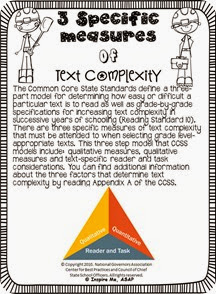
Reading about the text complexity led me to reflect upon my classroom library, which is how I made my first important change to an “CCSS” based classroom. Do you have a lot of books in your classroom? How do you organize them?
Prior to learning about close reading and really digging deep into the ELA standards, I organized my classroom library according to the Fountas and Pinnell guided reading levels. So, I had all my “M” books in the “M” basket, which is the Fountas and Pinnell level that standards for a second grade reading level.
With this system, my students were able to read any and all books that were at their instructional reading level. Whether I was teaching first grade or third grade, I used the same procedure, which I initially learned from Reggie Routman in her book, Reading Essentials.
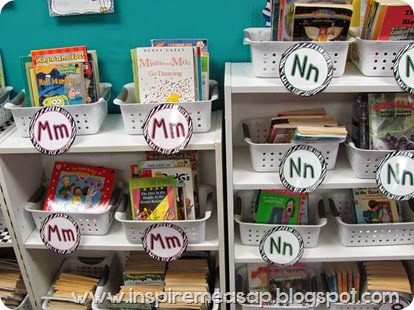
So my students’ “morning work” was to read- read a text at any level purely for enjoyment. There was no expectation for a written response, filling out a reading log, or anything other than reading a book of their choice.
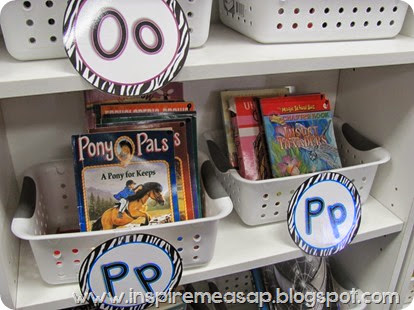
Prior to starting this morning routine, I thought my students would surely choose a book that was way too difficult for them. I thought my “M” readers would choose a “S” book. However, I noticed quite the opposite. After many years of using this routine, I learned that children gravitate towards book of their INTEREST, regardless of its level. Think about it. When you go to a book store, you most likely select a book based on its genre, a recommendation from a friend, the reviews from Amazon, the author, or the subject area.
At any given time, I am in the middle of reading at least four different books- a romance book, a teacher related book, a diet/fitness/health book, and some sort of spiritual or self help book. It would drive me nuts if I was restricted to read only a specific genre or level or basket. With this experience in mind, I had a complete classroom library makeover! My students took 100% pure ownership over our classroom library makeover. Our classroom, along with our classroom library!, was in complete and utter chaos during this process.
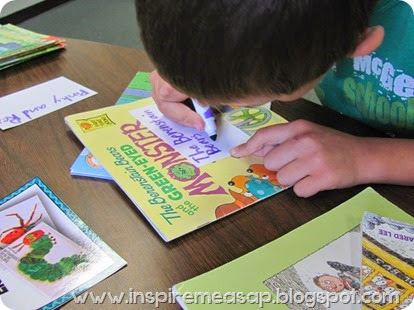
We did not really have any sore of formal organizational system- I let the students decide how to group the books.
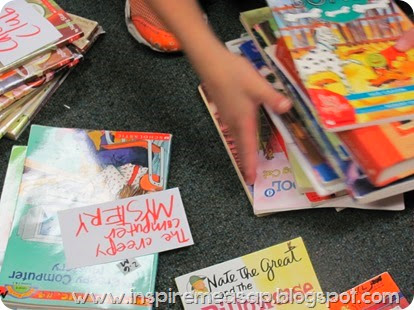
The students decided to sort the books by author, series, subject, science/social topics. 
Finished product? The students LOOOOOVED the result! So did I!!!
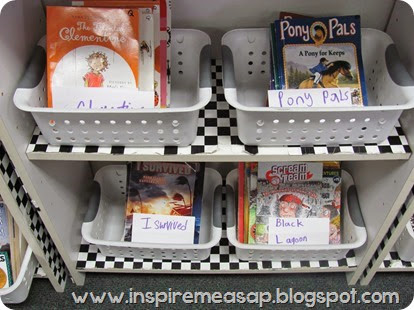
Now during independent reading, the students choose whatever book they want to read, regardless of the “level.” Just this simple change in my classroom library has made such a huge impact on my students’ motivations and interests during our independent reading time.
Another part of close reading is…
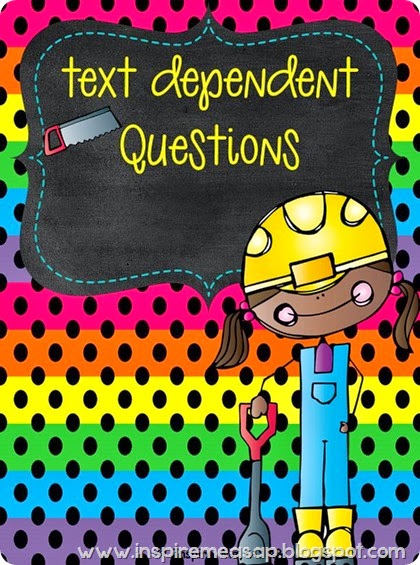
When I first heard about text dependent questions, I thought it was just as the name sounded. Questions teachers asked students, which required them to use the text as basis for their answers. What I learned is that text dependent questions are soooooo much more than that! First and foremost, you **MUST** be using a complex text to create questions. If you do not have a complex text, then you are not making this a close reading lesson.
Maybe it is a reading comprehension lesson with a different focus or strategy being taught, but it is not a close reading lesson. Once you have a complex text, you are ready to create text dependent questions. There is a difference between irrelevant, not significant questions, such as “What color stripes did Camilla have on her body?” for the text Bad Case of Stripes.
Conversely, there are thought provoking, DEEEEEP questions that require students to use the text to answer them, such as “Can you identify the author’s message? What does the author want you to learn from this story? How do you know?”
Question stems may be as follows:

This is an example of an anchor chart created after a first close read with the text A Bad Case of Stripes by David Shannon.
The essential questions were:
*How did the character show (a specific character trait) in the story?
*What clues tell you that the character is (character trait)?
*Where in the text does the author prove a character trait?
As a class, we worked together to use the text to analyze the actions, motivations, and words of Camilla Cream, the main character in the story.
This is part of CCSS 3, “Analyze how and why individuals, events, and ideas develop and interact over the course of a text.”
Students can also create text dependent questions! While using The Gingerbread Man Loose in the School, my students created their own “thick” questions- which require you to look to the text to provide an answer. 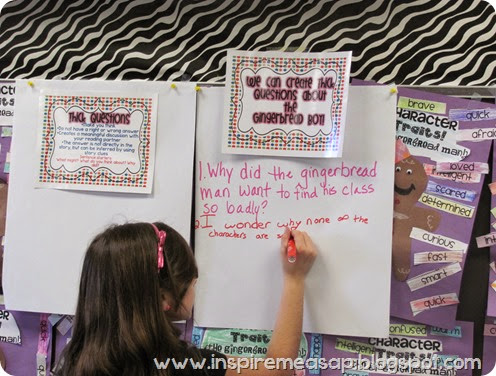
As you can see, asking and answering questions is not like a ping pong match between the teacher and the students, where one is asked after another. Instead, the questions are asked in the course of several different close reads.
Students can “turn and talk” to share their thoughts or share ideas as a whole class. The key is that student dive into their own thinking and refer to the text to support their thinking. It is helpful to provide a photocopy of the text that you are rereading, if it is a short passage, so the students can refer back to the text. I like to display the book or text by projecting it onto my Smart board.
Another integral part of close reading…
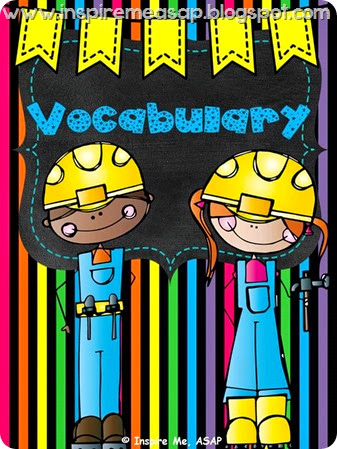
Vocabulary is divided into three categories, or tiers, based upon the characteristics of the words and the stages at which the student learns the words.
For example, basic words are Tier 1 words because they are basic and used in everyday language.
Tier 2 words (what the Standards refer to as general academic words) are more abstract words.
Tier 3 words (what the Standards refer to as domain-specific words) are low frequency and highly specialized words.
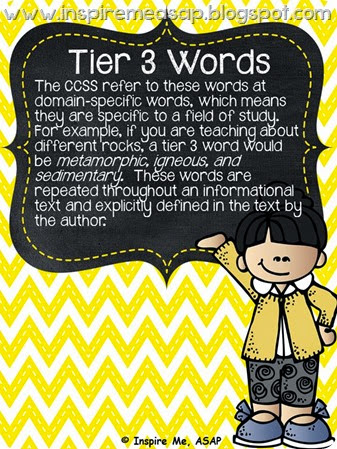
Tier 3 words are most commonly read in informational texts and are usually explicitly defined by the author and used frequently throughout the text. 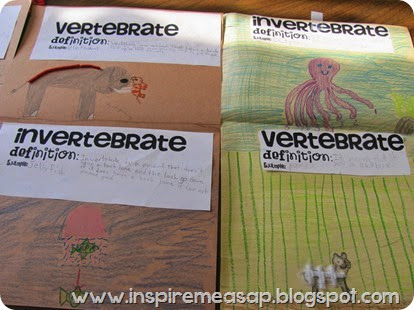
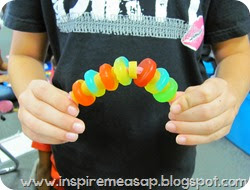
Can tell what our Tier 3 vocabulary words are for this unit of study? The students frequently read about these words during our life cycle science unit. I give specific projects that require students to really dive deep into the meaning of the words.
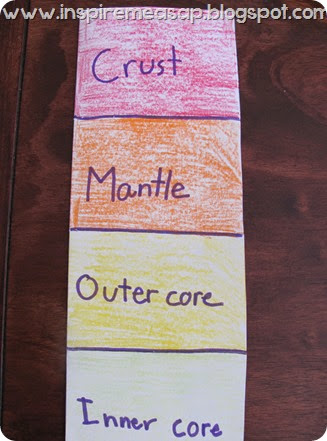
For example, in this flip book, the students have to write the content area vocabulary word, the definition on the left hand side of the flip book, and the quote from the text on the right hand side of the flip book. 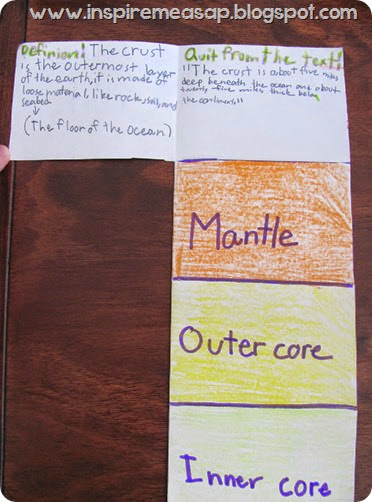
I make sure to explicitly teach my third graders how to either use the context of the text or the glossary (or both!) to determine the meaning from the text. I encourage my students to use their own words but then also to correctly quote the text, since common core is all about explicitly referring to the text as a basis of your answers.
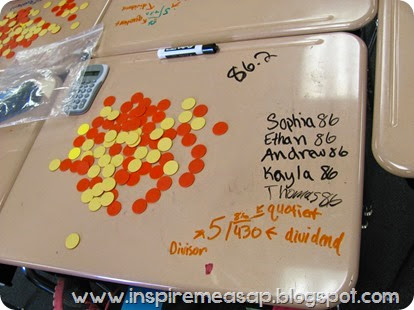
Dividend, divisor, quotient is another example of content related vocabulary words. Again, the students really experience the meaning of these words in a concrete, hands-on manner. Another focus of close reading is…
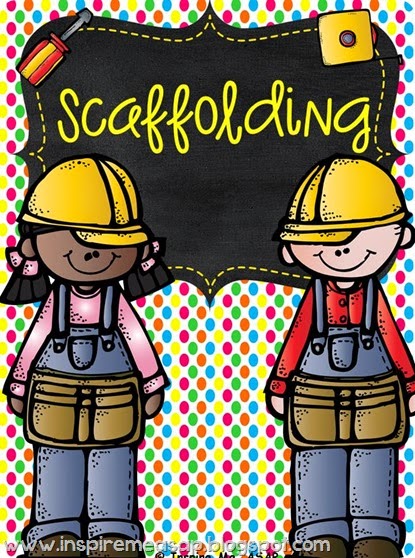
Are you beginning to see why I used a construction theme for this close reading unit I created? Scaffolding reading instruction is a model in which the teacher supports the students and then gradually releases the responsibility to the students, guiding their progress, and observing independent practice of the skill/strategy.
Pearson and Gallagher (1983) coined this term based on the 1970’s work of Vygotsky. The gradual release model is a key model in scaffolding instruction.
Below are some examples of how I provide student scaffolding with close reading. First, my love of sticky notes are taken to a whole new level when reading closely!
I teach my students to “code the text” in several ways.
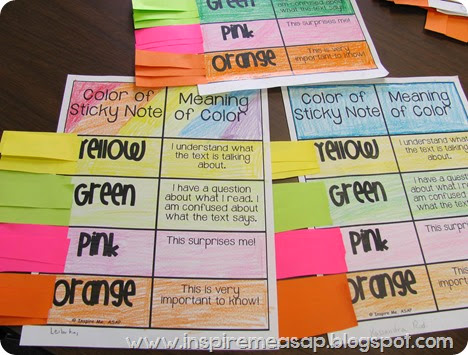
Another way is to use different colored sticky notes. As the students are reading, they use their sticky notes to represent what they are thinking as they are reading the text. I use different sticky note forms for literature and non-fiction texts.
If you bought my Guided Reading Guru file, you might recognize these! Since I had a lot of success with these with my guided reading groups, I adapted them for close reading lessons.
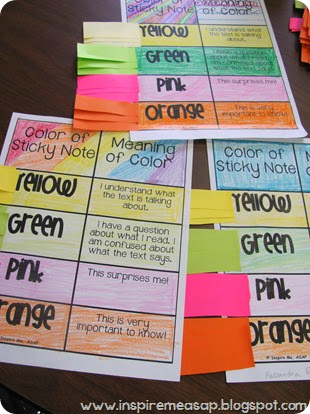
Although I have color copies of these that are laminated, I also like to have my students color their own copy. Saves ink and the students love to put their own touch on it! These are great for paperback copies of text, since they just stick their sticky note right on the pages. When I want my students to write right ON the text, then I use this type of text tool for close reading- 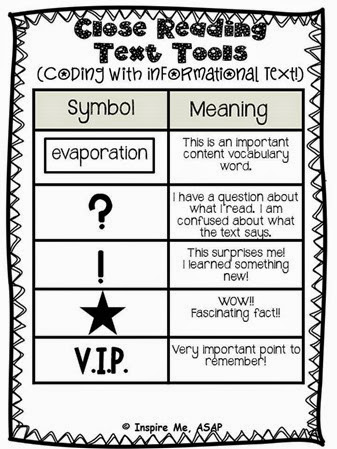
Prior to having my students use the text tools, I make sure to take time to introduce each symbol and model how to “read with a pencil in my hand.” I love to use photocopied text from Reading A-Z for these lessons. They have AWESOME texts that I integrate with our social studies and science topics.
Last but not least, I have my students write what they are thinking on sticky notes and then just stick them right on the text! This strategy is great for a chapter book or a picture book. This book was Magic School Bus: Inside the Earth with the beloved Mrs. Frizzle of course. We were learning about the layers of Earth and rocks and minerals for our science unit. This student wrote, “What is styrofoam?” on page 8. This shows me that the student is thinking about what they are reading, and making notes about unfamiliar vocabulary words. 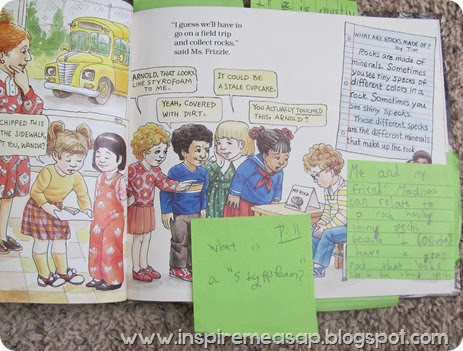
Whatever you use, just don’t forget that the main focus is on the TEXT, not any fancy or not so fancy sticky notes, codes, or magic wands. At first, you will spend time introducing the tools so that they students are using them correctly.
However, once they understand the different codes, then the focus remains on the text. In my next blog post, I will write about how I use a complex text during a first, second, and third close reading lesson.
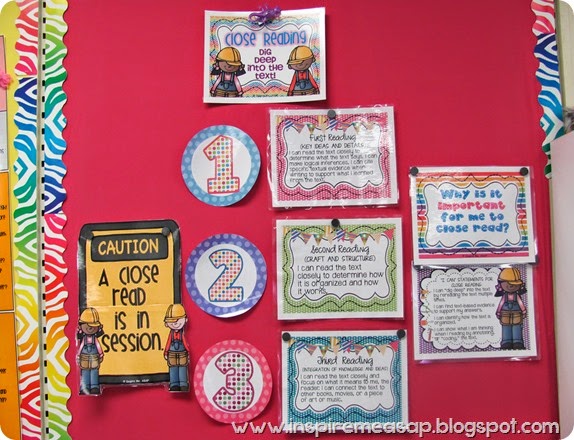
In the meantime, if you like what you see in this blog post, then you might want to check out my new Close Reading resource.
Below is a description about the file.
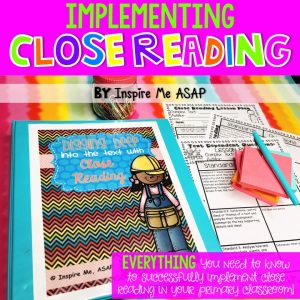
Part One: Digging Deep into the Text with Close Reading: 124 pages
This part of the file informs the teacher about what close reading is, why you need to be using this strategy, and most importantly, HOW it is done correctly and effectively.
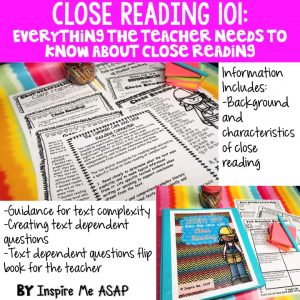
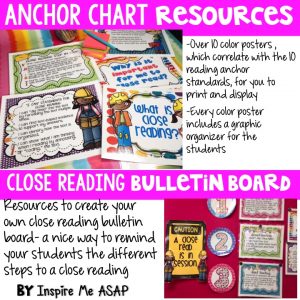
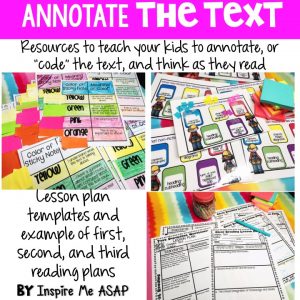
Resources include:
-A background about what close reading is and characteristics of a close reading lesson
-Guidance about finding a complex text using the three levels of text complexity
-An explanation, rationale, and the “know how” to create text based questions for a complex text
-Information about the three tiers of vocabulary and how it is incorporated in the CCSS and close reading lessons
-Information about scaffolding close reading lessons, including what that means and how to do it -An explanation for how YOU can create a close reading leveled passage for your class
-“Thinking about my Reading” Toolkit of close reading strategies- resources to use with your students as you teach them to annotate or “code” the text
-Text dependent teacher flip book- a great resource to keep handy as you are creating text dependent questions with your complex text for your close reading lesson
-Close reading (first, second, and third reading) in action!
Detailed explanation of how I used a complex text with my students for every read (a picture is worth a thousand words- they are included, too!)
Part Two: Digging Deep Close Reading Anchor Charts and Classroom Library Book Labels- 82 pages
This part of the file is more for the students. This part includes colorful anchor charts to print and post for your students, so they can refer to them as you teach a close read.
Resources include:
-There is one graphic organizer for the students to use, which correlates with the 10 reading anchor standards
-There are more than 10 different colorful anchor charts that list the learning target, ready for you to post as you close read
-Resources to create your own close reading bulletin board- a nice way to remind your students (and yourself!) the different steps to a close read
-Classroom library book labels according to genre, series, author name, and social studies/science topic. Also includes a template that you can customize so you can create your own title (this part is a power point file)
***This file does NOT include close reading passages for you to use with your students. What this file does do, however, is teach you about what MAKES a text complex and high enough in quality to use for a close read. Also, please understand that in order to implement close reading successfully and effectively, you will need to take ample time to read through the information presented in this file. Think of it as a professional development in a PDF format!!***
Click HERE to purchase Close Reading from Teachers Pay Teachers.
Save 10% by purchasing Close Reading directly from my website.
It is my sincerest wish that this resource enables you implement close reading confidently and effectively this upcoming school year!!!!

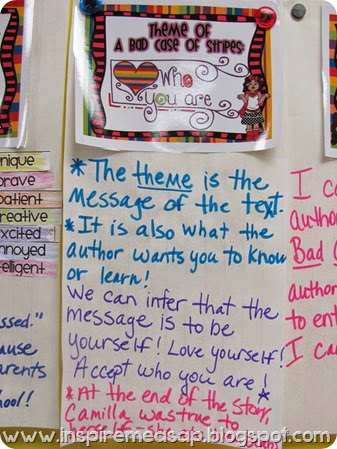





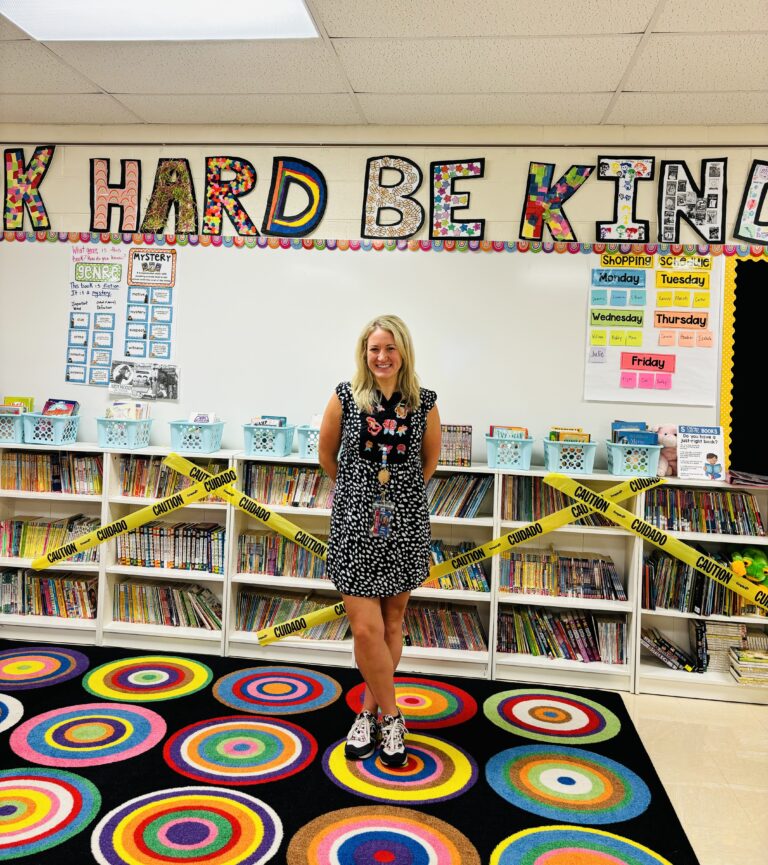



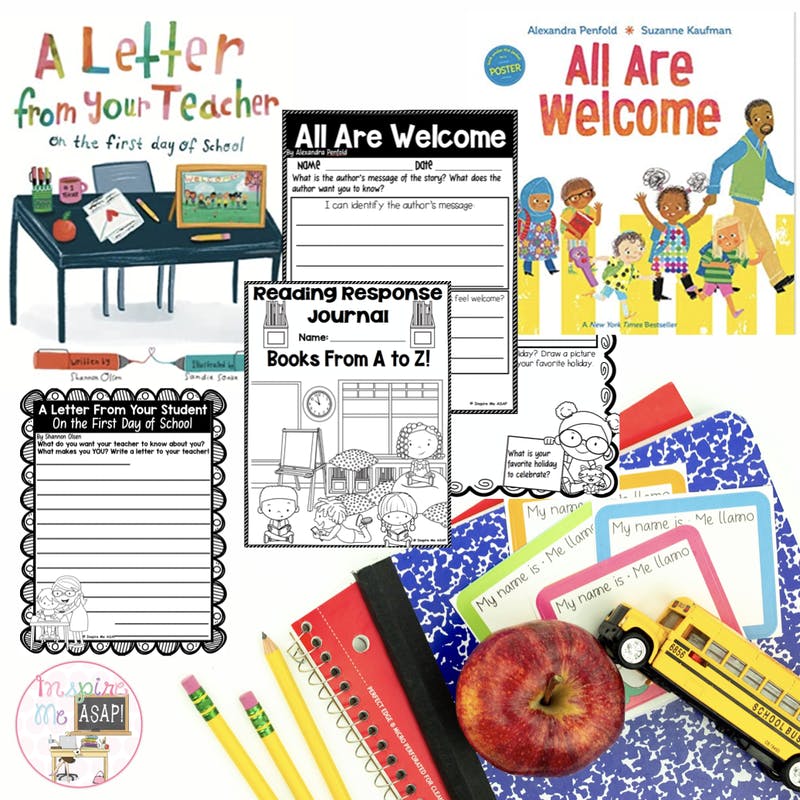
8 Responses
Thank you for sharing what you have learnt – this made for a very interesting read and I learnt something as well :) I look forward to your future posts – now I'm off to check out your pack :)
Wow! Thank you for such an informational packed post. I loved seeing the examples from your classroom showing how you and your student applied what you've learned about Close Reading. Thank you!
Erin
Short and Sassy Teacher
Great info. I have been lucky enough to take professional development on Close Reading, it really is amazing. I also found these free web modules to take for PD. Check them out there are many topics, online, and FREE!!!! Here is the link
http://www.beaconeducator.com
Very nice post. Lots of great info about close reading!
What an amazing post on Close Reading! I just added your bundle to my cart! Thank you so much for sharing your wealth of knowledge on the subject!
Thanks so much, Julie!!! :) I love your blog :)
Thank you for taking the time to write this post! This is amazing! I am studying and practicing close reading and I really love it. your bundle looks fabulous!!
Sarah
Sarah's First Grade Snippets
Thanks so much, Sarah!!! I appreciate your kind words :)